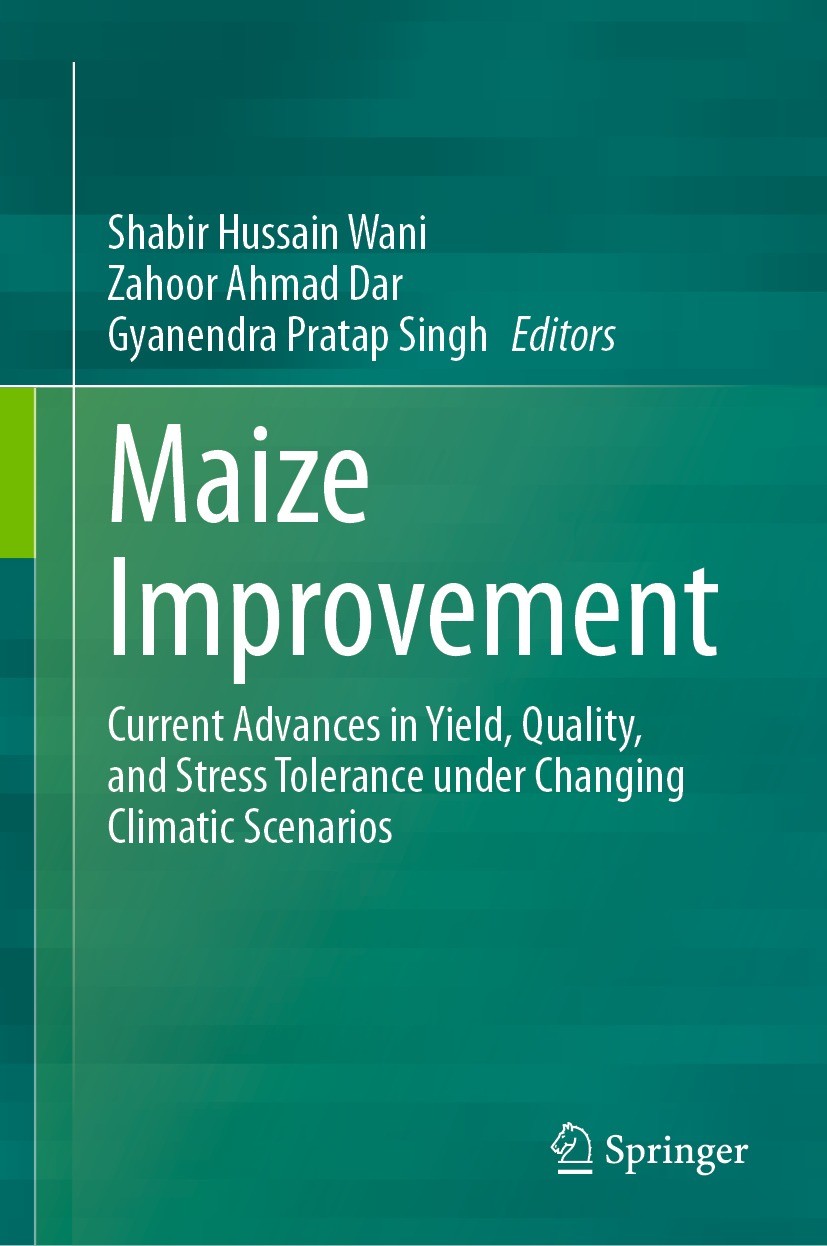| 书目名称 | Maize Improvement | | 副标题 | Current Advances in | | 编辑 | Shabir Hussain Wani,Zahoor Ahmad Dar,Gyanendra Pra | | 视频video | http://file.papertrans.cn/622/621519/621519.mp4 | | 概述 | Special focus on strategies to mitigate environmental stresses and to improve crop yield.Highlights the latest high-quality and stress-resistant cultivars that are available to maize breeders.In-depth | | 图书封面 |  | | 描述 | .Maize is one of the most generally grown cereal crops at global level, followed by wheat and rice. Maize is the major crop in China both in terms of yield and acreage. In 2012, worldwide maize production was about 840 million tons. Maize has long been a staple food of most of the global population (particularly in South America and Africa) and a key nutrient resource for animal feed and for food industrial materials. Maize belts vary from the latitude 58° north to the latitude 40° south, and maize ripens every month of the year. Abiotic and biotic stresses are common in maize belts worldwide. Abiotic stresses (chiefly drought, salinity, and extreme temperatures), together with biotic stresses (primarily fungi, viruses, and pests), negatively affect maize growth, development, production and productivity. In the recent past, intense droughts, waterlogging, and extreme temperatures have relentlessly affected maize growth and yield. In China, 60% of the maize planting area is prone to drought, and the resultant yield loss is 20%–30% per year; in India, 25%–30% of the maize yield is lost as a result of waterlogging each year. The biotic stresses on maize are chiefly pathogens (fungal, | | 出版日期 | Book 2023 | | 关键词 | genomics; biotechnology; Crop Improvement; Abiotic Stress; Biotic stress; Transgenics; Genome editing; Plan | | 版次 | 1 | | doi | https://doi.org/10.1007/978-3-031-21640-4 | | isbn_softcover | 978-3-031-21642-8 | | isbn_ebook | 978-3-031-21640-4 | | copyright | The Editor(s) (if applicable) and The Author(s), under exclusive license to Springer Nature Switzerl |
The information of publication is updating

|
|
 |Archiver|手机版|小黑屋|
派博传思国际
( 京公网安备110108008328)
GMT+8, 2025-11-15 16:50
|Archiver|手机版|小黑屋|
派博传思国际
( 京公网安备110108008328)
GMT+8, 2025-11-15 16:50


